New to Therapies For Kids? Start your journey
Talk to our team now
Request a call back
We are here to help
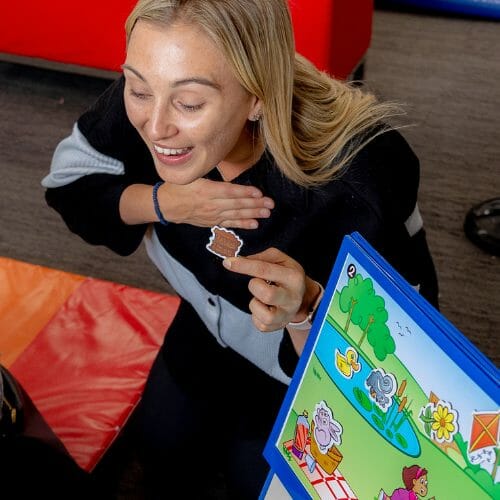
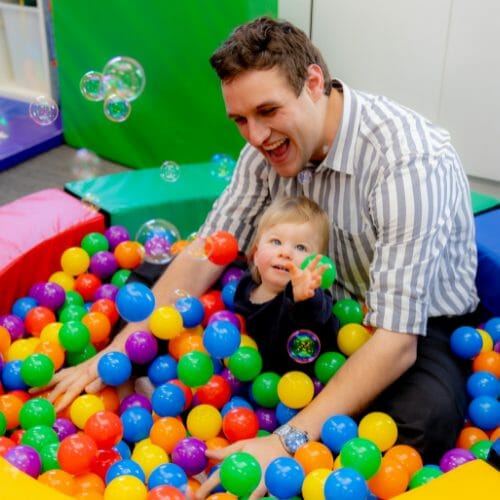
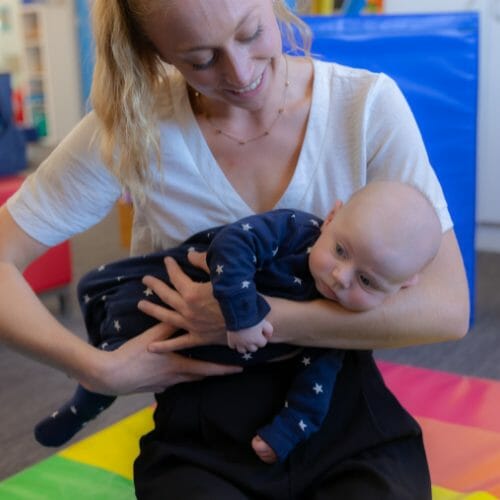
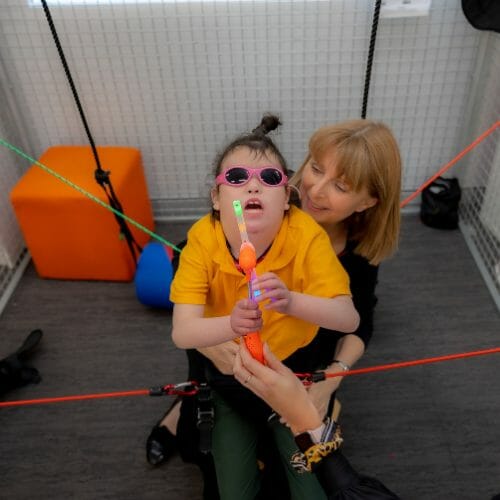
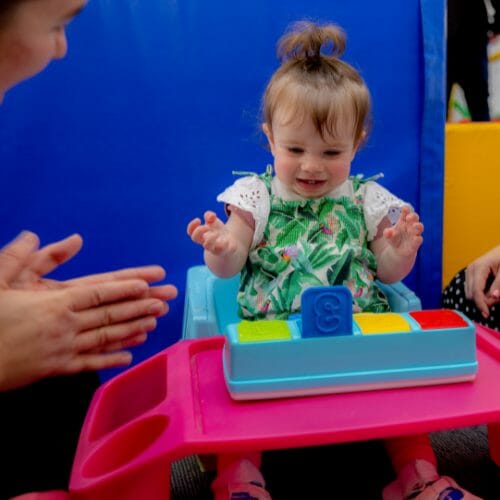
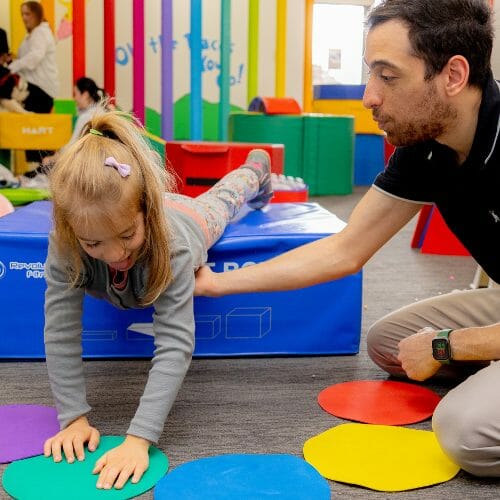

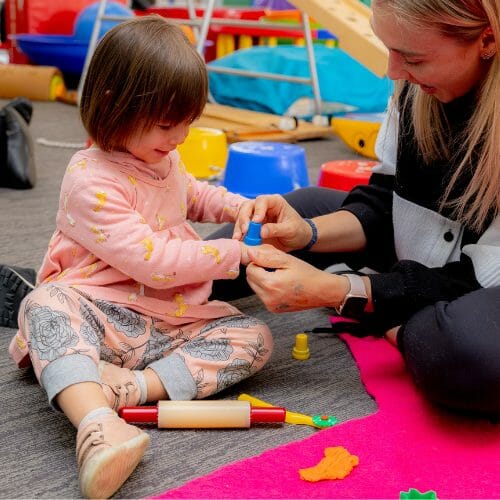
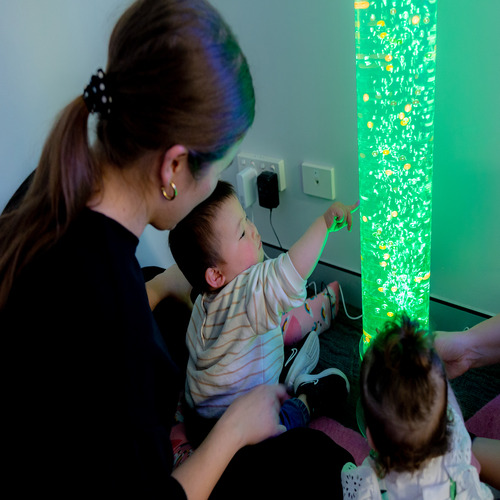
New to Therapies For Kids? Start your journey
Talk to our team now
Request a call back
We are here to help









What is it?
Hypermobility syndrome is a term used to describe overly mobile joints which occurs as a result of the protein collagen being more flexible than usual. Hypermobility varies on a spectrum of different severities, some with more serious complications these include Ehlers Danlos Syndrome and Marfans syndrome. The other end of the spectrum has milder consequences that are not life-threatening such as benign hypermobility joint syndrome (BHJS). The term benign hypermobility joint syndrome (BHJS) is a common source of joint or muscle complaints that often cause concern for parents, children and school personnel. Benign hypermobility describes a child that has several joints that are more flexible than usual. This happens when the connective tissue which makes up the joint structures (capsule and ligaments) is more compliant (easier to stretch) than usual.
Hypermobility can be a common source of joint or muscle complaints causing fatigue, pain and possible injury. Generalised joint hypermobility is quite a common occurrence – in fact, it is just a normal variation in the way joints are put together. Most ballet dancers and gymnasts have a degree of joint hypermobility – which means that you can be hypermobile, strong, active and fit.
How is generalised joint hypermobility (GJH) diagnosed?
If a child has 5 or more joints that are more flexible than usual, he or she can be said to have generalised joint hypermobility. The movements that are usually considered are finger extension, wrist flexion, elbow extension, hip rotation, knee extension and ankle flexion.
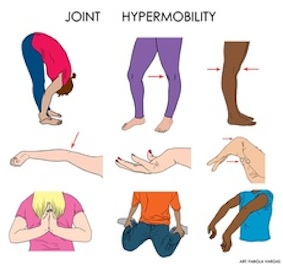
What are the effects of hypermobility syndrome?
For some children the excessive laxity in joints and soft tissues presents with no problems, however, in other cases it may lead to:
How can physiotherapy help hypermobility syndrome?
Some children with hypermobility syndrome will eventually grow out of the associated problems as the supporting ligaments get stronger over time. Other children may have persistent problems and our team of specialist Paediatric Physiotherapists & Occupational Therapists can help to reduce the effects of hypermobility syndrome by:

Coming Coming Coming Coming Coming Coming Coming Coming Coming
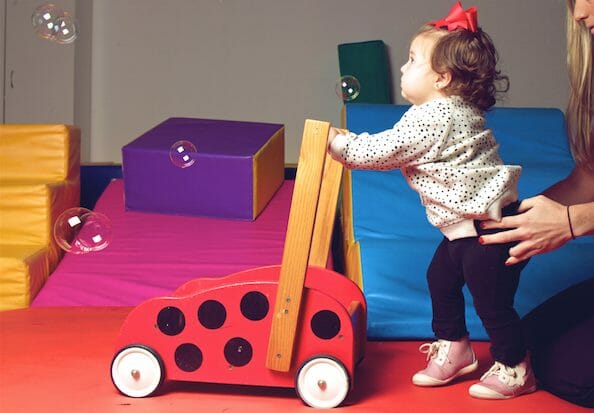
In the last 2 weeks we have had a number of our little people at TFK achieve independent standing. Such…
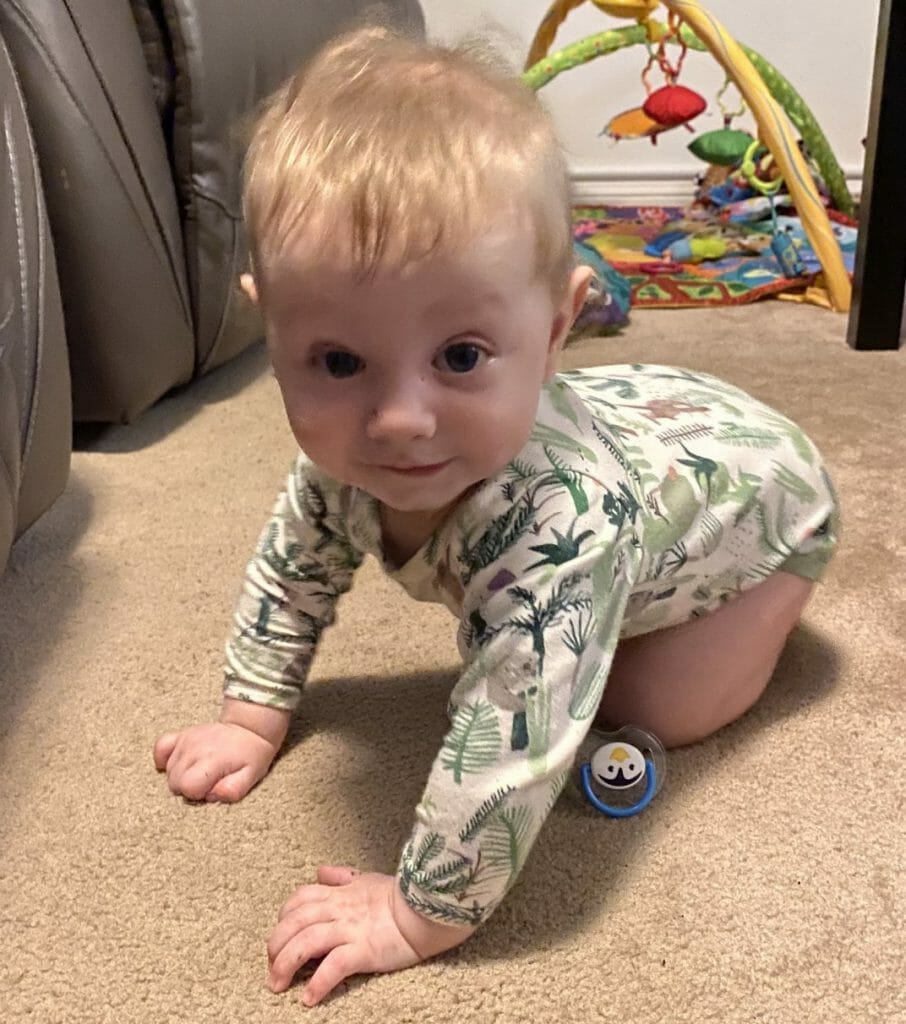
Transitional gross-motor milestones – part 2 Last week I discussed rolling, the first movement transition. Once your baby has mastered…
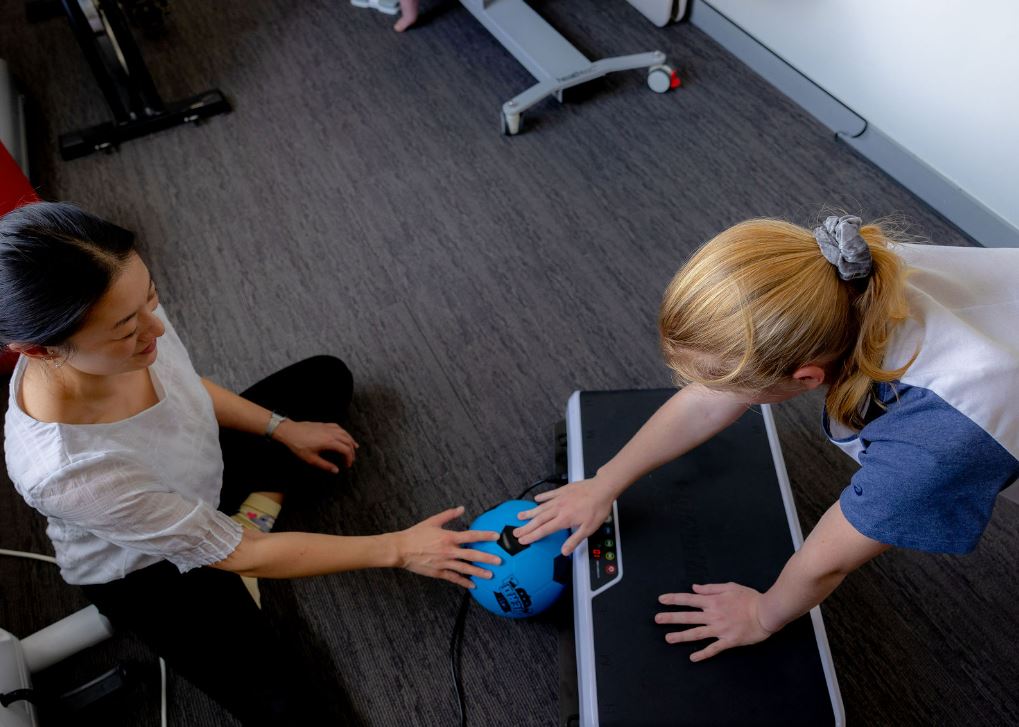
Why we use whole body Vibration Therapy at TFK At TFK I am always searching for new tools to add…
Subscribe to receive updates on new blog posts:
Therapies For Kids acknowledges the Traditional Custodians of the land on which we live and work. We pay respect to Elders past, present and emerging.
Please type in your search query below: